Dominican Republic Beverages: Basic Overview
Common Ingredients
Common Preparing Methods
Key Taste
Drinking Etiquette
Culinary Festivals
Influence and Fusion
Classifications of Dominican Republic Beverages
-
Alcoholic Beverages
Popular alcoholic beverages in the Dominican Republic include beers, spirits, liqueurs, and cocktails.
These beverages mostly came from Spanish or indigenous cuisines.
Dominican Republic alcoholic beverages are made from a wide range of ingredients, such as sugarcane, fruits, and herbs.
-
Non-alcoholic Beverages
Soft drinks and fruit-based beverages account for a large proportion of the Dominican Republic’s non-alcoholic beverages.
In the Dominican Republic, most non-alcoholic beverages are served chilled or with ice.
Many Dominican non-alcoholic drinks are made creamy with the addition of milk or condensed milk.
Dominican Republic beverages, or Dominican beverages, are drinks that have been enjoyed and prepared in the Dominican Republic, a Caribbean island country. These drinks have many things in common with the broader Caribbean drink scene, especially Haitian drink offerings.
Sugarcane, tropical fruits, milk, and spices are among the essential ingredients used in preparing beverages in the Dominican Republic. To cope with the hot and humid weather, people often chill their drinks or serve them with ice.
Rum and coffee are the most easily recognizable beverages, often appearing with many dishes in Dominican Republic, but this island country offers many other wonderful choices, from cocktails to fruit-based and cereal-based drinks.
I will show you the 15 most well-known beverages in the Dominican Republic and the common features of the country’s drinks in general. But first, let’s look at the traditional drinking culture and the international fame of Dominican Republic drinks.
15 Famous Dominican Republic Beverages
I will show you the best 15 beverages in the Dominican Republic. To look up information about them more easily, use advanced filters that can help you sort these beverages in terms of popularity, ingredients, tastes, and preparation methods.
In addition, I organize the suggested beverages according to traditional, national, and street beverage labels for ease of reference.
Rum
- Alcoholic
- National
- Traditional
Rum is a popular spirit in the Dominican Republic, with a long-standing history related to the colonial past of the country and the Caribbean. It is made with molasses or fresh sugarcane juice and undergoes fermentation and distillation before aging in oak barrels.
There are four main types of rum in the country, depending on how long it is aged. White rum and amber rum are aged in a short amount of time and have a relatively mild flavor, while aged rum and premium rum take many years to mature and come with a complex taste.
Dominican rum ranges from light and smooth to rich and full-bodied, often possessing notes of vanilla, caramel, and tropical fruits. Ron Centenario is a well-known premium rum brand in the island country.
When not used in local cocktails, Dominican rum is often enjoyed alongside traditional dishes, especially those with bold flavors, such as chivo guisado, lechón, and sancocho.
Presidente Beer
- Alcoholic
- Traditional
Presidente Beer is an iconic Dominican lager with a 5% alcohol content. First brewed in 1935, it is famous for its crisp, refreshing taste and light, golden color.
This beer brand is also popular among tourists because of its acidic honey lightness. Plus, many types of Dominican dishes pair beautifully with Presidente Beer, from light snacks like tostones and chicharrón to hearty meals such as sancocho.
Coffee
- Non-Alcoholic
- Traditional
Coffee is a popular beverage in the Dominican Republic, which is famous for high-quality Arabica beans. The country’s mountainous regions have rich soil, high altitude, and an ideal climate for cultivating premium beans.
The preparation of Dominican coffee involves a finely ground, strong brew that is served black or with sugar. This bold, rich coffee boasts hints of chocolate and fruits which goes well with breakfast or sweet dishes, namely mangú, bizcocho Dominicano, and flan.
Every year, the Dominican Republic produces approximately 500,000 bags of high-quality Arabica beans. However, the majority of it is consumed domestically, and only 20% is exported.
Mama Juana
- Alcoholic
- National
- Traditional
Mama Juana, sometimes spelled as Mamajuana, is a Dominican herbal liqueur that blends rum, red wine, honey, herbs, and tree bark. Locals like to drink it neat or as a digestif after dinners with strong-flavored dishes like chivo guisado, lechón, and sancocho.
Inspired by indigenous Taino traditions, Mama Juana started as an herbal tea that was later adapted with the addition of alcohol by European settlers. Despite its long history, this liqueur only became commercially popular in the 1950s.
Morir Soñando
- Non-Alcoholic
- Traditional
Morir soñando, literally “to die dreaming,” is a Dominican mixed drink that combines fresh orange juice with evaporated milk, sugar, vanilla, and crushed ice. The result is a creamy, citrusy, and refreshing beverage.
When making morir soñando, the ingredients must be chilled beforehand to ensure the milk does not curdle when mixed with the acidic orange juice.
From the Dominican Republic, sweet morir soñando has become a common sight throughout Latin America. Light dishes and comfort food like mangú, pastelón, and habichuelas guisadas go well with this sweet and creamy beverage.
Mabi
- Non-Alcoholic
- Traditional
Mabi, also known as mauby, is a traditional Dominican beverage made with the bark of the mabi tree. The tree bark is boiled with sugar and spices before being fermented for several days.
Originally, mabi was a fermented alcoholic beverage that resembled beer, but most products sold on the market are non-fermented soft drinks.
Mabi comes in two main types. Seybano has a lighter hue and only contains tree bark extract, whereas Cacheo is darker in color and contains bark extract, fruit extract, and spices.
This refreshing beverage offers a sweet, tangy, root beer-like flavor. Mabi is a great cooling drink on hot days, especially when served with snacks like chicharrón, yaniqueque, and tostones.
Soft Drinks
- Non-Alcoholic
- Street Beverages
- Traditional
Soft drinks, known locally as refrescos, are popular options for Dominican people to cool down in the country’s tropical climate. The most common choices come from Refrescos Nacionales (part of The Coca-Cola Company) and Embotelladora Dominicana (part of PepsiCo).
Coca-Cola is the leading company in Dominican Republic, coming in various flavors, including Coca-Cola Original, Coca-Cola Light, Coca-Cola Zero, and so on.
Fruit-flavored sodas with vibrant colors from other companies are also prevalent in the country. Regardless of the brands, soft drinks are always ideal for pairing with casual Dominican dishes, like pastelitos, chimichurri burgers, and pescado frito.
Coco Loco
- Alcoholic
- Traditional
Coco loco, literally “crazy coconut,” is a beloved cocktail in the Dominican Republic and throughout the Caribbean. Its main ingredients are fresh coconut water, coconut cream, white or aged rum, and lime juice.
In more sophisticated versions, coco loco also features a splash of other liquors or sweeteners, like tequila or vodka. Sweet and creamy coco loco is typically served in a glass, but the most exciting way of serving is to prepare the cocktail in a coconut.
Coco loco is synonymous with beach fun and tropical allure, so it should go with seafood dishes and light summer fare like pescado frito, ceviches, and ensalada verde.
Agua de Coco
- Non-Alcoholic
- Street Beverages
- Traditional
Agua de coco, or coconut water, is a common beverage in the Dominican Republic. It is widely sold at many eateries and street stalls, especially those in the vicinity of beaches.
Dominican coconut water mostly comes from young, green coconuts, providing a refreshingly sweet and nutty taste. Also, agua de coco is used in various Dominican recipes, including cocktails and smoothies.
A wonderful thing about coconut water is its versatility; feel free to pair this tropical delight with anything, from sweet dishes like flan and tostones to savory ones like la bandera and yaroa.
Batida
- Non-Alcoholic
- Street Beverages
- Traditional
Batida, also known as batido, is the Dominican take on fruit milkshakes. It can be made with various kinds of tropical fruits, like papayas, sapodillas, mangoes, and passion fruits, among other things.
In the Dominican Republic, batidas often come with evaporated milk, a style known as “con leche.” Make sure to specify to the vendor that you want a milk-free beverage if necessary.
Locals love to enjoy batidas as a refreshing, creamy breakfast or a quick afternoon snack or dinner. The best accompaniments for Dominican-style fruit milkshakes are pastelitos, yaniqueque, and similar snacks.
Jugo de Avena
- Non-Alcoholic
- Street Beverages
- Traditional
Jugo de avena, meaning “oat juice,” is a well-known cereal-based beverage in the Dominican Republic and many other Latin American countries. It’s made by blending rolled oats with water or milk, sugar, ginger, orange peels, and vanilla or cinnamon.
Jugo de avena is the ultimate breakfast and summertime beverage for people of all ages. This sweet and creamy beverage is usually served chilled in tall pitchers, ideally with breakfast dishes like mangú and yaniqueques on the side.
Guarapo de Caña
- Non-Alcoholic
- Street Beverages
- Traditional
Guarapo de caña, or sugarcane juice, is a traditional Dominican beverage that highlights the country’s rich sugarcane history. The preparation involves crushing sugarcane stalks to extract the sweet juice and serving it with ice.
With a sweet taste and a slightly grassy undertone, sugarcane juice is especially popular during hot weather and is often found at roadside stands and markets.
While light dishes are common accompaniments for sweet sugarcane juice, pairing it with rich dishes like mofongo or sancocho for a contrast of flavors is an exciting idea.
Chocolate de Mani
- Non-Alcoholic
- Traditional
Chocolate de mani is a renowned hot drink in the Dominican Republic. Though its name literally means “peanut chocolate,” it only contains roasted peanuts and no chocolate.
To prepare chocolate de mani, people blend unsalted roasted peanuts with milk and sugar, then combine the smooth drink with spices like cinnamon, cloves, and nutmeg.
This Dominican chocolate-free beverage pairs beautifully with pastries and desserts, such as bizcocho Dominican, flan, and arroz con leche.
Champola de Tamarindo
- Non-Alcoholic
- Street Beverages
- Traditional
Champola de tamarindo is a Dominican beverage made from tamarind fruit pulp. The tamarind is mixed with water and sugar to create a balance of sweet and sour flavors.
With a smooth, slightly pulpy texture, tamarind juice is often served chilled with ice as a popular choice during the hot summer months. This iconic street beverage goes well with spicy or savory meat dishes, like pollo guisado and chimichurri burgers.
Coquito
- Alcoholic
- Traditional
Coquito, which translates to “little coconut,” is a traditional Christmas drink in the Dominican Republic. It was created in Puerto Rico, but you can easily find it all around the Caribbean.
Coquito is very similar to eggnogs but offers a tropical twist. Locals prepare it with coconut milk, coconut cream, condensed milk, rum, and various spices, such as cloves, nutmeg, and cinnamon.
Since this Dominican eggnog-like beverage is a holiday treat, it goes well with festive dishes like flan and bizcocho Dominicano.
You are now very knowledgeable about individual Dominican Republic beverages, but how about the country’s drink scene? Check out the next part for more information.
What Is Special About Dominican Republic Beverages?
The following factors play an essential role in the development of beverages in the Dominican Republic.
Cultural Heritage and Traditions
Dominican cuisine is a rich blend of indigenous Taino, African, and Spanish influences. This fusion is reflected in the country’s traditional beverages.
Colonial History
The arrival of Europeans brought new ingredients and distillation techniques to the Dominican Republic. The Spanish introduced sugarcane and coffee, which led to the development of the rum and coffee industry.
Agricultural Resources
The Dominican Republic’s tropical climate and fertile land make it ideal for growing a wide variety of tropical fruits, sugarcane, and coffee, which are key ingredients in many traditional Dominican beverages.
Herbs and Spices
Both alcoholic and non-alcoholic beverages in the Dominican Republic often include a variety of herbs and spices, such as cinnamon, vanilla, and nutmeg.
Have you found your favorite beverages in the Dominican Republic? Share your findings with me in the comment section; I’m dying to hear your feedback! Before you leave, please share this list of Dominican Republic beverages with your friends.



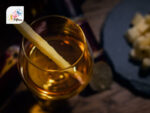
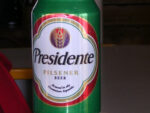
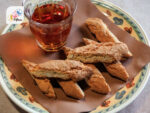
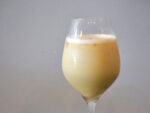
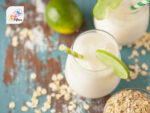

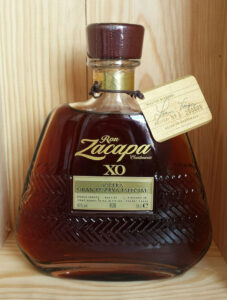
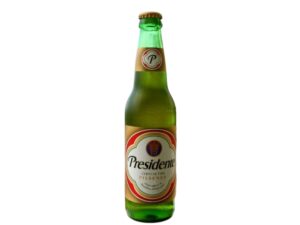
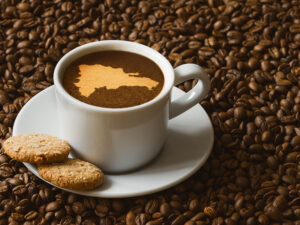
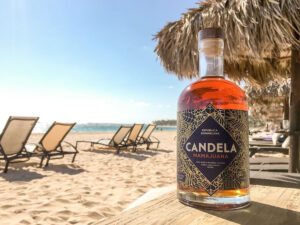
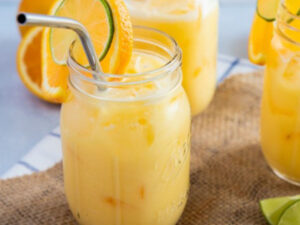
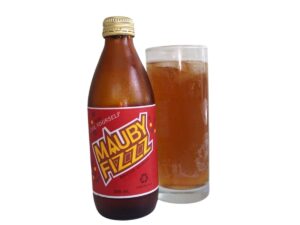


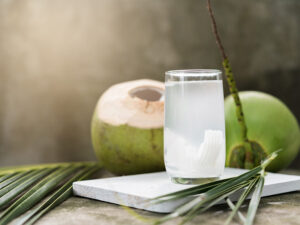
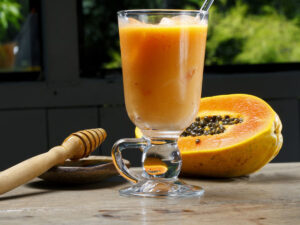
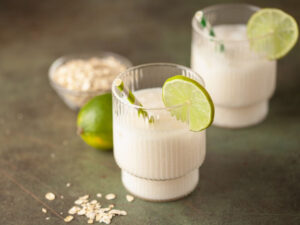
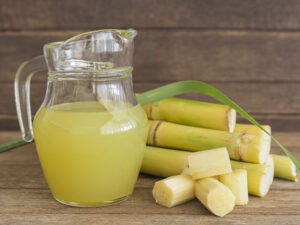
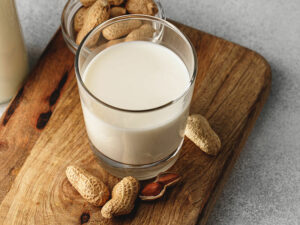
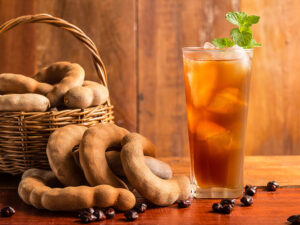
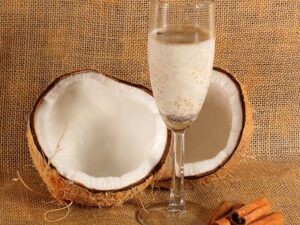
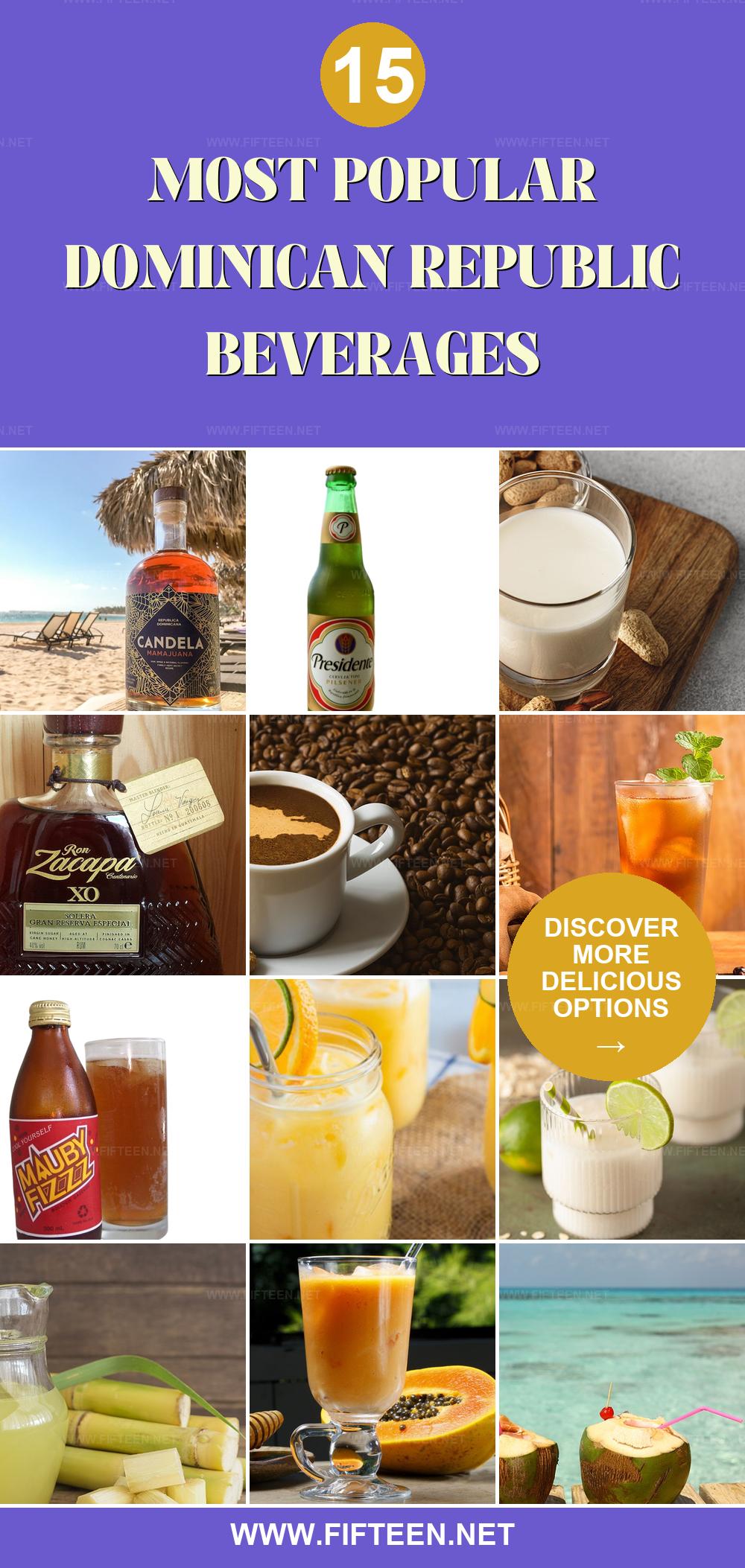
Jamie Scott
Editor in Chief, Senior Content Writer
Expertise
Home Cooking, Meal Planning, Recipe Development, Baking and Pastry, Food Editor, Cooking-video Maker, Western Food Evaluation Expert
Education
Le Cordon Bleu College of Culinary Arts
Local Community College, New York, NY
Jamie Scott is a skilled culinary expert and content creator specializing in Western cuisine. With over 15 years in the culinary field and formal training from Le Cordon Bleu, Paris, Jamie deeply understands how to blend nutrition with delicious flavors. His passion for cooking matches his commitment to making healthy eating accessible and enjoyable.
On Fifteen.net, Jamie brings a fresh perspective to classic dishes and beverages, offering readers insightful recipes, cooking tips, and a fresh view on meal planning that emphasizes taste, health, and simplicity.